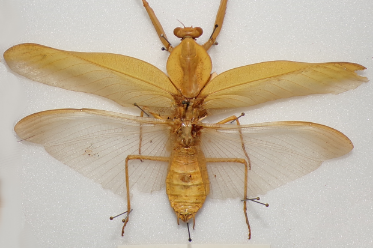Entomologia
Sezioni scientifiche
Entomologia

Collezioni storiche
- Spinola
- Breme
- Baudi di Selve
- Sella
- Giglio-Tos
- Bellardi
- Borelli
- Gozzano
- Collezione generale di insetti del mondo
Collezioni del MRSN
- Hartig
- Zunino
- Mateu
- Bordon
- Giannatelli
- Scaramozzino
- Mochi
- Pagliano
- Miscellanea da raccolte provenienti da tutto il mondo
- Castellano
90.000
tra coleotteri ed emitteri paleartici donati al Museo dal conte Flaminio Baudi di Selve nel 1901
50.000
coleotteri provenienti da tutto il mondo (Collezione Ferdinando Arborio di Gattinara)
37.900
esemplari appartenenti soprattutto all'areale italiano (Collezione Eugenio Sella)
21.000
esemplari di imenotteri (Collezione Massimiliano Spinola)
15.000
ditteri piemontesi e messicani (Collezione Luigi Bellardi)
6.500
dermatteri provenienti da varie parti del mondo (Collezione Borelli, di cui parte conservata in alcol)
MIGLIAIA di ortotteri e mantoidei di ogni parte del mondo (Collezione Giglio-Tos)
Quante cose si possono imparare sul mondo naturale? Scoprilo al Museo Regionale di Scienze Naturali!



















